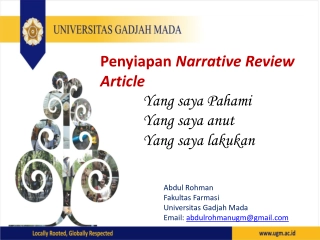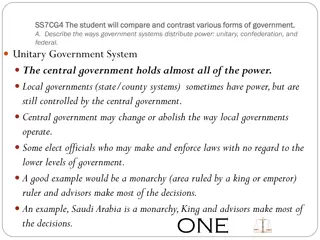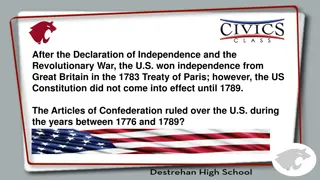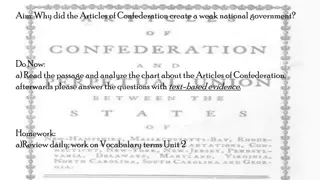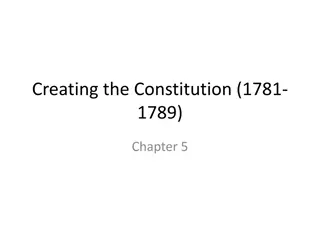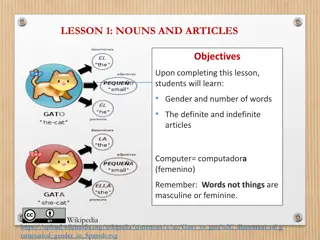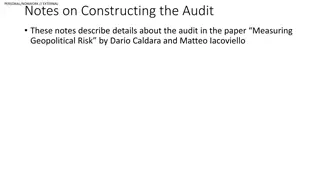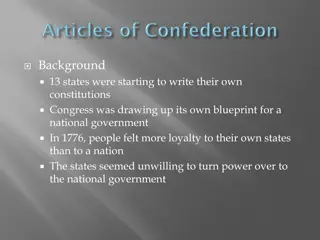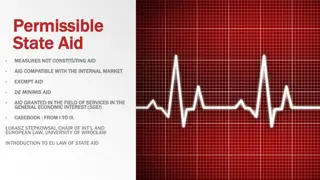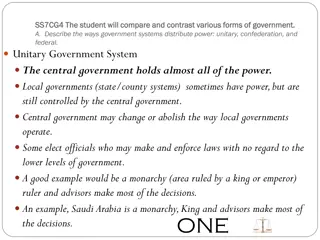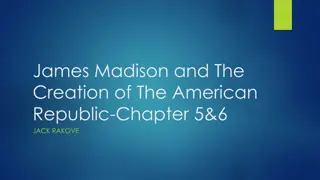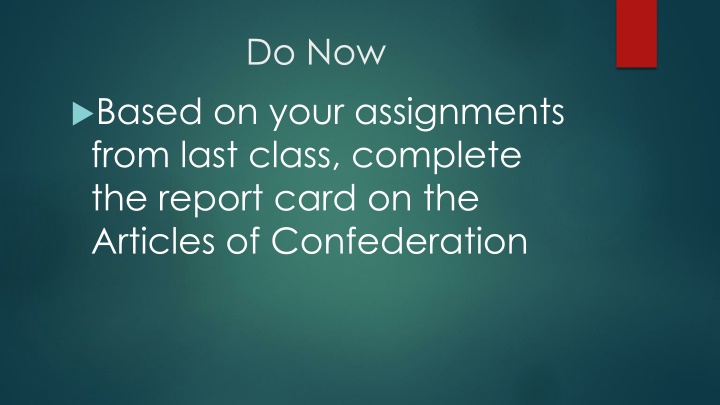
Insights into the Articles of Confederation and Its Significance
Explore the Articles of Confederation, a pivotal document post-Revolutionary War that shaped early American governance. Delve into its powers, accomplishments, and the challenges faced, such as Shays' Rebellion. Discover the shift towards a stronger central government at the Philadelphia Convention and the differing views embodied by the Federalists and Anti-Federalists.
Uploaded on | 0 Views
Download Presentation

Please find below an Image/Link to download the presentation.
The content on the website is provided AS IS for your information and personal use only. It may not be sold, licensed, or shared on other websites without obtaining consent from the author. If you encounter any issues during the download, it is possible that the publisher has removed the file from their server.
You are allowed to download the files provided on this website for personal or commercial use, subject to the condition that they are used lawfully. All files are the property of their respective owners.
The content on the website is provided AS IS for your information and personal use only. It may not be sold, licensed, or shared on other websites without obtaining consent from the author.
E N D
Presentation Transcript
Do Now Based on your assignments from last class, complete the report card on the Articles of Confederation
Articles of Confederation During the Revolution, the new United States needed a functioning government Articles established a firm league of friendship among states Each state had one vote regardless of population size Amendments were only passed by unanimous vote
Accomplishments of the Articles of Confederation Administer the seven-year war effort Negotiated the Treaty of Paris with Britain in 1783 Established the Northwest Ordinance Orderly creation of the western territories
Articles Powers Powers Granted Declare war and make peace Make treaties with foreign countries Appoint high ranking military officials Hear disputes among states related to trade or boundaries Powers Denied No power to raise funds for an army or navy No power to tax, impose tariffs, or collect duties No executive branch to enforce laws No power to force states to honor obligations No power to regulate the value of currency
Shays Rebellion During the revolution, men were off fighting the War for a new nation Many of them had to take out loans to keep their farms going in their absence After the war, the creditors wanted their money When they couldn t pay, their farms their homes were foreclosed
Philadelphia Convention After Shay s rebellion and the Articles failure to handle the situation, many of our founding fathers realized that something needed to be changed This convention is when we first begin to see the rise of two new political parties: the Federalist and the Anti-Federalists Federalists: Strong central government Anti-Federalists: Weak central government
Virginia Plan vs. New Jersey Plan New Jersey Plan It favored by the smaller states It called for each state to have equal representation regardless of population Virginia Plan It was favored by larger states Wanted a separation of power National judiciary Bicameral (two-house) legislature Representation based on population One state, one vote It created a strong central government
How do they settle this issue? Work independently or with a partner to complete the handout on the compromises in the Constitution.
Great Compromise Bicameral Legislature Having two houses in Congress National Gov. 1 State Gov. 50 Senate (2 representatives per state) House of representative (based on state population) Federalism How the government separates state powers from federal powers Local Gov. 89,004

